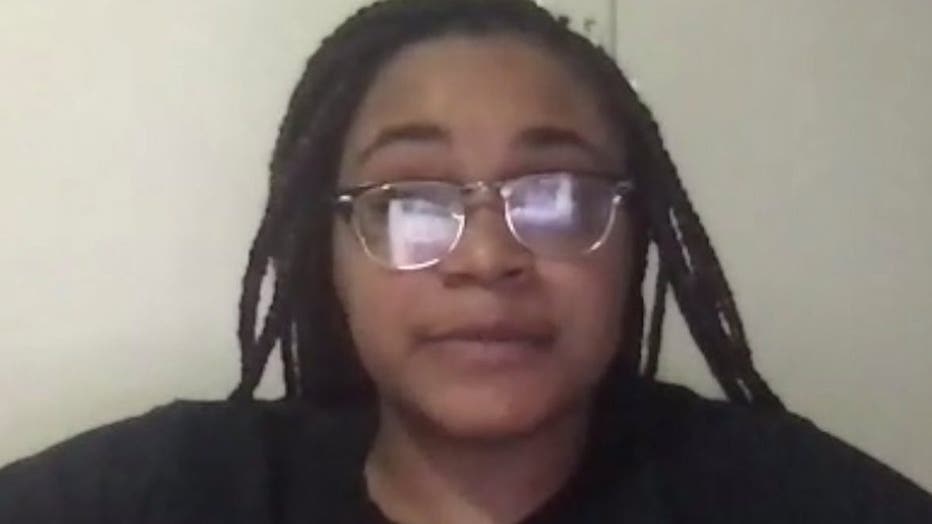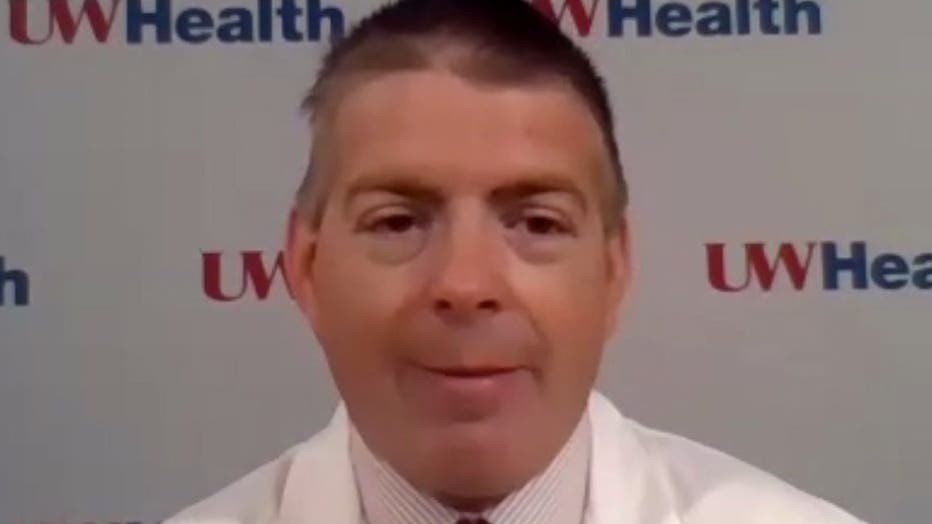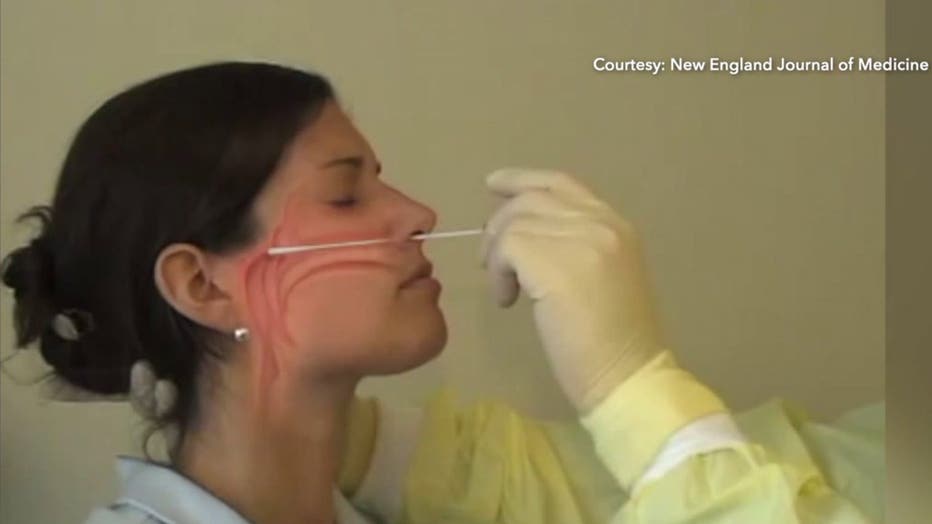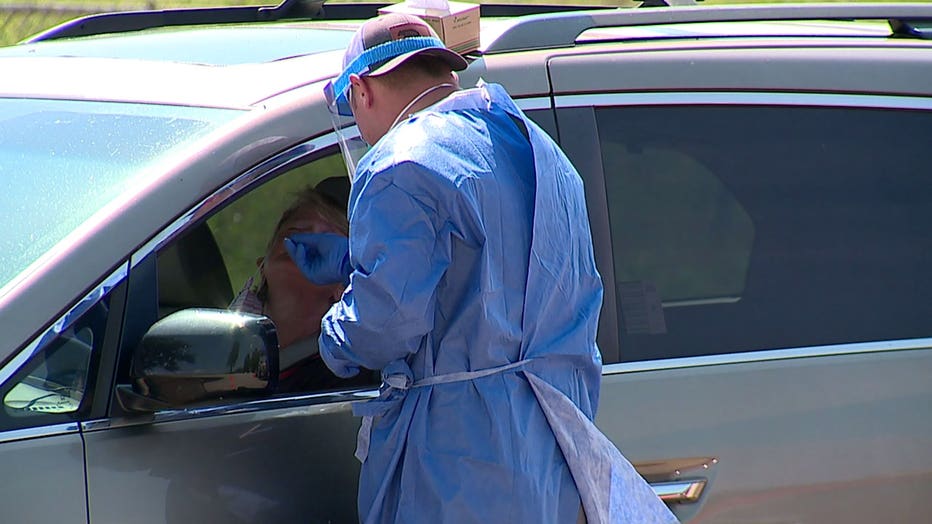'Can the virus die in a day?' FOX6 viewers report testing both positive and negative for COVID-19

FOX6 viewers report testing both positive and negative for COVID-19
Two FOX6 viewers tested positive and negative for COVID-19 within 24 hours -- so which test was right?
MILWAUKEE - They tested positive for COVID-19, then negative, all within 24 hours. Which test was right? Two FOX6 News viewers who have never met share a similar story of conflicting results, and a top health official says he knows which result they should trust.
"I didn't know what to think," said Charlie Jones of Union Grove.
Jones would rather be working, but he can't go back just yet.
"I was feeling really pretty crummy in the morning," said Jones.

Charlie Jones of Union Grove
On July 16, the heavy equipment operator went to the UMOS National Guard testing site in Milwaukee to find out if he was infected with COVID-19. They told him it could take a week to get results.
"I wanted people at work to know sooner than later," said Jones.
So Jones convinced his doctor to get him a second test at an Aurora Health Care drive-up site in Burlington the next day, but the results gave Jones a mixed message. One test was positive, and one negative.
"So is it a false positive or a false negative?" said Jones. "You don't know, you know?"

Yasmine Cameron of Milwaukee
"It doesn't make sense to me," said Yasmine Cameron of Milwaukee.
Cameron thought her pre-surgery test at Aurora St. Luke's was just a formality, until COVID-19 was detected.
"I instantly got freaked out," said Cameron. "Like, I'm not showing any of the symptoms. I've not had a headache, a fever, a cough, like, anything, and I just started thinking about the people that I've been around."
Skeptical of the result, she got a second test at a National Guard site. That came back negative.
"I'm like, can the virus die in a day?" said Cameron. "And they're like, 'There's no way the virus can die in a day.'"
But the positive results meant no surgery for Cameron, and no work for Jones.

Dr. Jeff Pothof, chief quality officer with UW Health
"It's actually pretty rare," said Dr. Jeff Pothof, chief quality officer with UW Health.
Dr. Pothof said it's uncommon for people to be tested more than once in the first place, and even less common to get conflicting results. However...
"With tens of thousands of people being tested, even things that are relatively rare as it pertains to testing are happening," he said.

COVID-19 testing
Dr. Pothof said the most accurate test is the nasopharyngeal -- or deep nasal -- swab, which is right about 99% of the time.
"As far as medical tests go, that's about the best we can do," said Dr. Pothof.
But many community testing sites -- including all of the state's National Guard sites -- use a shallow nasal swab test, which Dr. Pothof said has a bit more room for error.
"So you lose a little bit of sensitivity and specificity, but you can test many more people much quicker," he said.
For Jones and Cameron, one thing is clear, one of the tests was right, and one was wrong.
"I believe I probably did (have COVID)," said Jones.
"I believe the negative, just based on the fact I`m not sick," said Cameron.

Dr. Pothof said he would trust the positive result.
"If I was in Vegas, I'd be putting all my money on that you're actually positive for COVID," said Dr. Pothof. "Because at some point, the RNA for COVID-19 was on that swab that came out of your nose."
It's more likely, he said, that a person with a low viral count could get a false negative and still be infectious.
"It's the better safe than sorry thing, and I get it," said Jones.
But erring on the side of caution comes at a price.
"It impacted a whole crew," said Jones. "It impacted a bunch of people."
"I have doctors' appointments for other health conditions that I have to miss," said Cameron. "Not going to work means I'm not bringing in any money right now. Just erring on the side of caution is making me even more anxious than actually finding out if I have it!"
To be clear, Jones and Cameron each had one test at a hospital drive-up site and one at a National Guard testing site. However, Jones' positive test came from a National Guard site, while his negative came from the hospital. For Cameron, it was the other way around.

